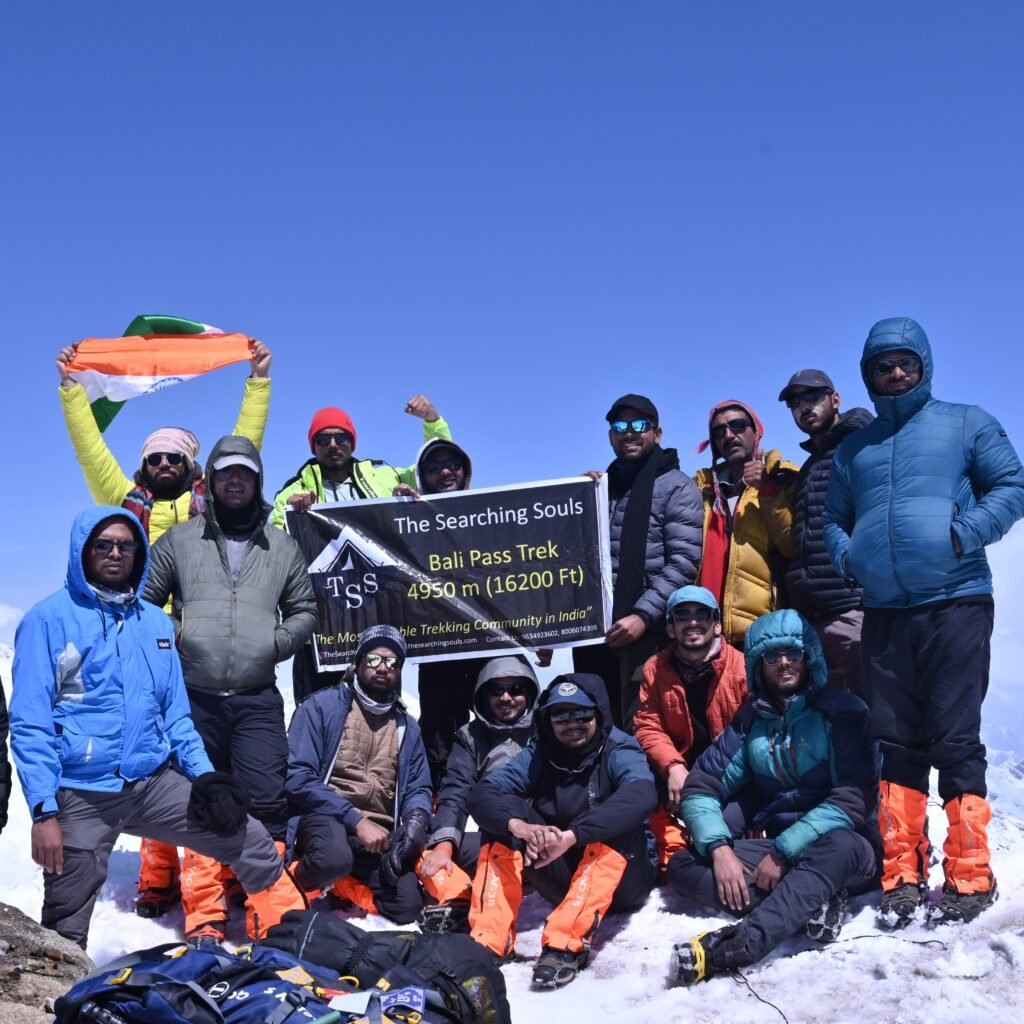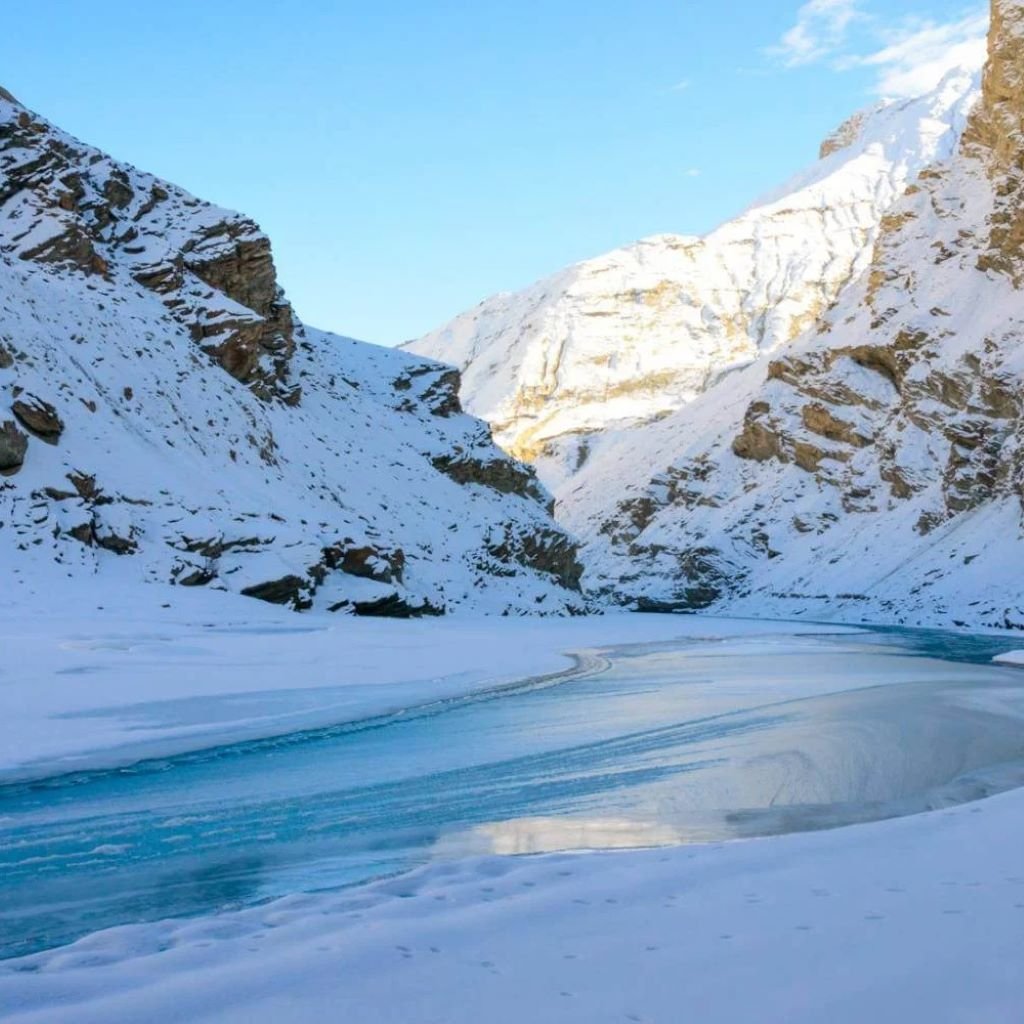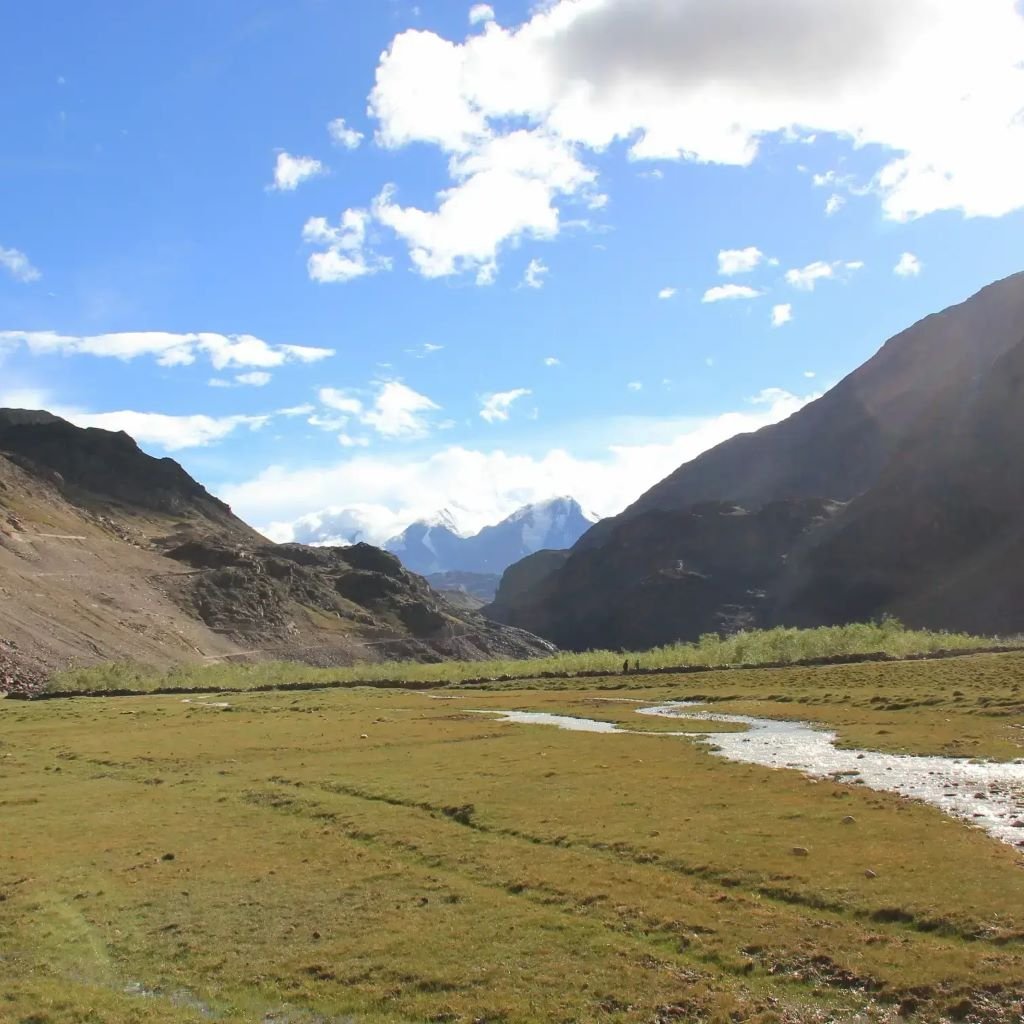How do we rate a trek at TheSearchingSouls?
To start with no Himalayan trek is easy for a normal person with basic fitness and no prior trekking experience.
The treks are generally rated keeping in mind these 2 parameters.
- Treks are rated with respect to other Himalayan Treks. For Example when we say Nag Tibba is easy we mean Easy with respect to other treks like Kedarkantha, Hampta Pass, Kashmir Great Lakes etc.
- Treks are rated depending on the time of the year they are generally done by trekkers. For Example a trek like Sar pass is moderate during summer, moderate to difficult after monsoons and Difficult or not doable in Winters.
Below are various variables involved on a trek which decided the difficulty of a trek
Factors that affect the rating of a Himalayan Trek:
- Altitude: Anything higher than 2500 m above sea level is considered a high altitude.The difficulty of the trek depends on two things first the highest altitude of the trek and the daily elevation gain. The daily elevation gains should not be higher than 800 m. The daily elevation gain also effects on how well you acclimatize on the trek
- Distance and Duration: When on a Himalayan trek distance and duration has to be viewed together. Some stretches might be just 3-4 kms but can take around 5-6 hours and some stretches may be 7-8 kms but can be done in just 3-4 hours. Both distance and duration play an important role in deciding the difficulty of the trek.
- Availability of Water and other resources: Water is vital for survival, each and every cell and tissue needs water to function properly. In a Himalayan trek your bodyloses water at higher rate having adequate water points everyday is essential for your body to stay healthy and acclimatize well to the challenging environment a Himalayan Trek offers.
- Remoteness/Exit points: The exit point or the ease of evacuation in a case of emergency is vital point in deciding a treks difficulty. It is important to see how remote the trek takes you from the nearest civilisation
- Terrain and Trail condition: It is an essential parameter to judge a difficulty of a trek. How narrow are the trails, are their any mountain features like boulders, rocks, glacier crossing, crevasses etc involved. These are few questions which must be addressed before rating a trek.
- Temperature and Weather conditions: To keep it simple A trek which is easy in summers might be very difficult in winters so the rating depends on the temperature and weather conditions of the trek at the time you are visiting.

We rate our treks under 5 categories:
- Easy: These are treks which can be done in a couple of days and are not much higher than 3500 m above sea level with enough water sources and are also close to human civilisation. Nag Tibba, Tungnath Chandrashila, Dayara Bugyal etc are treks which come under this category
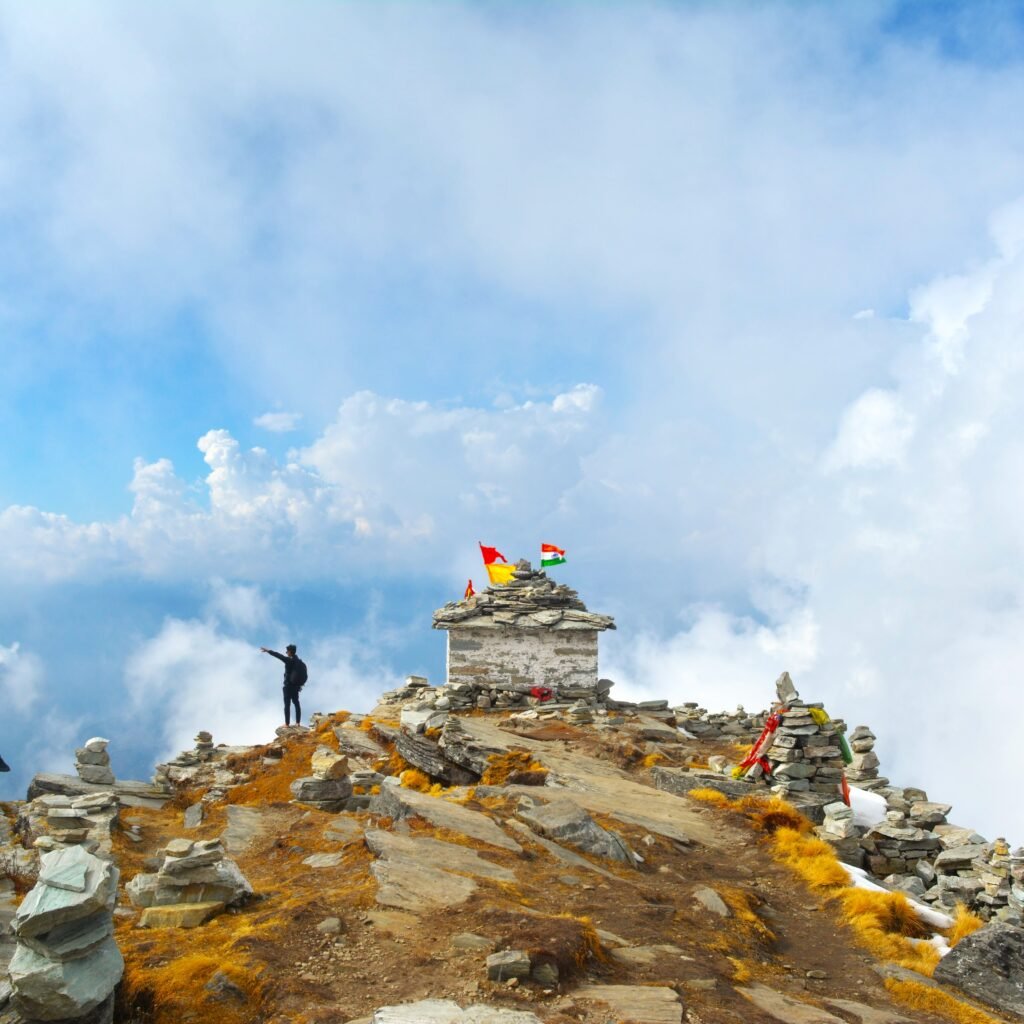
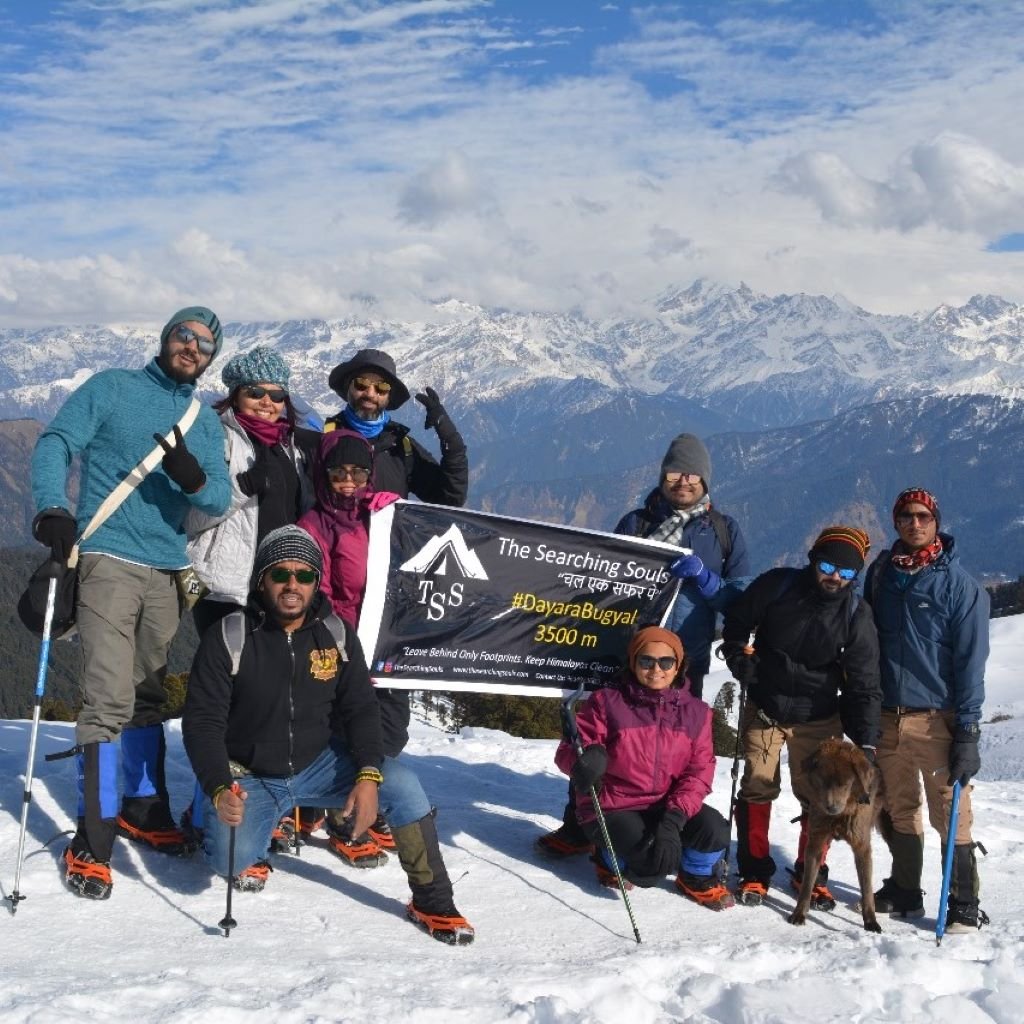
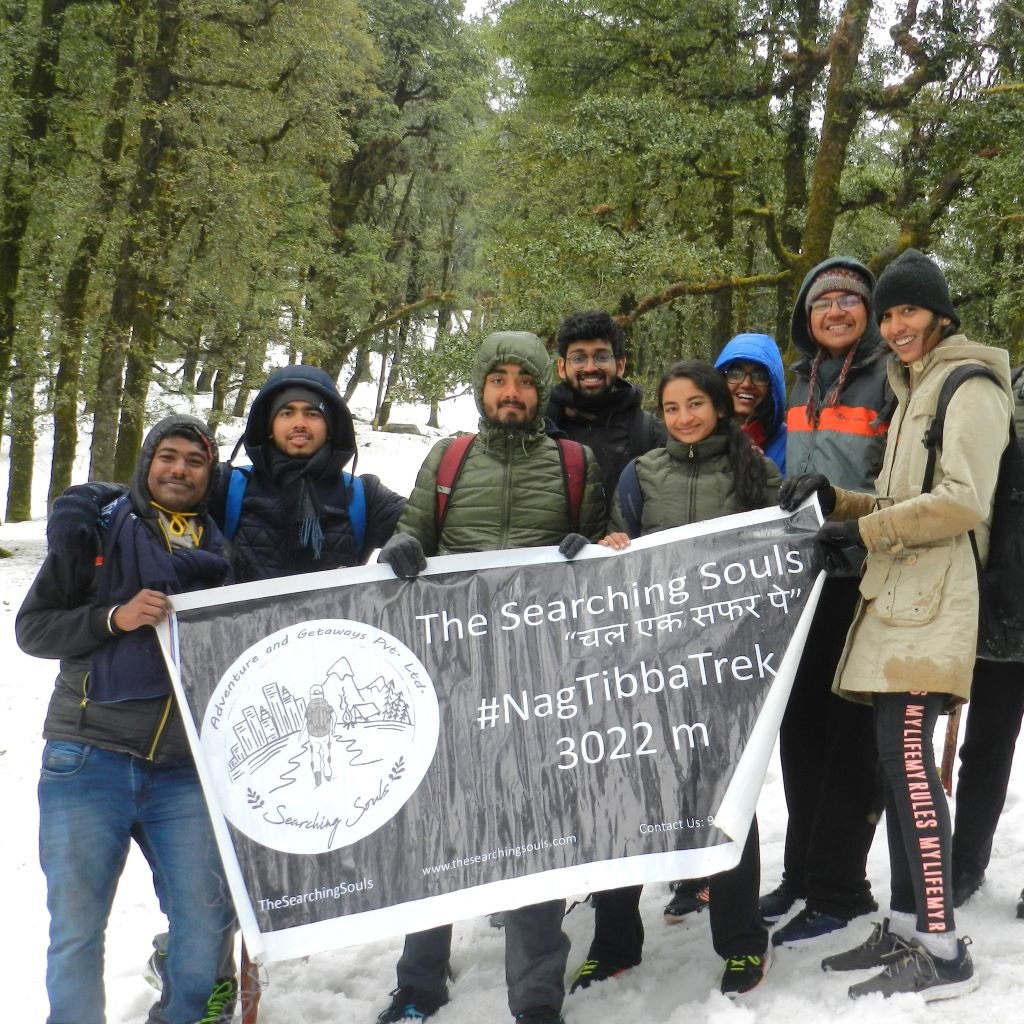
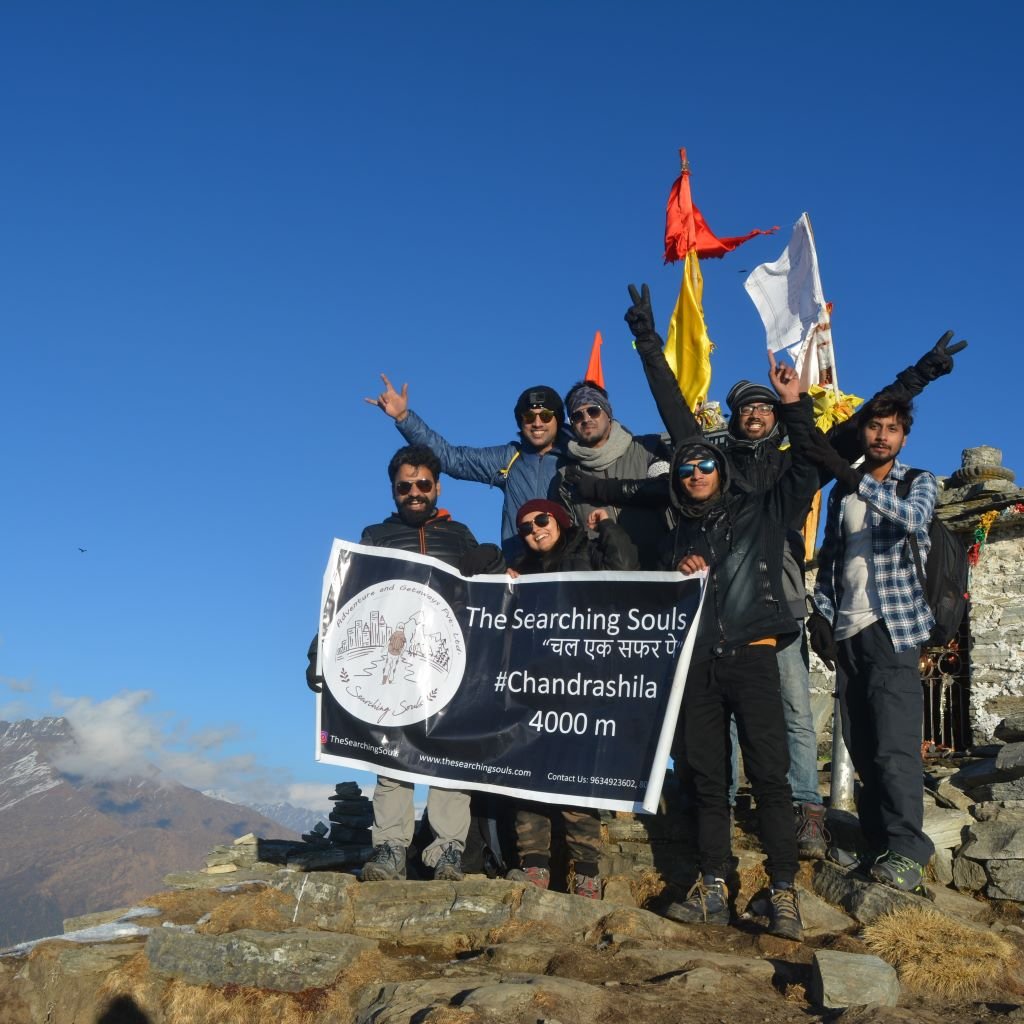
- Easy to moderate: These are the treks which span over 3-4 days and go up to an elevation of 4000 m above sea level. They have enough water sources and the evacuations/exit points are also easy. Example of such treks: Kedarkantha, Brahmatal, Bhrigu lake, are few examples which come under this category
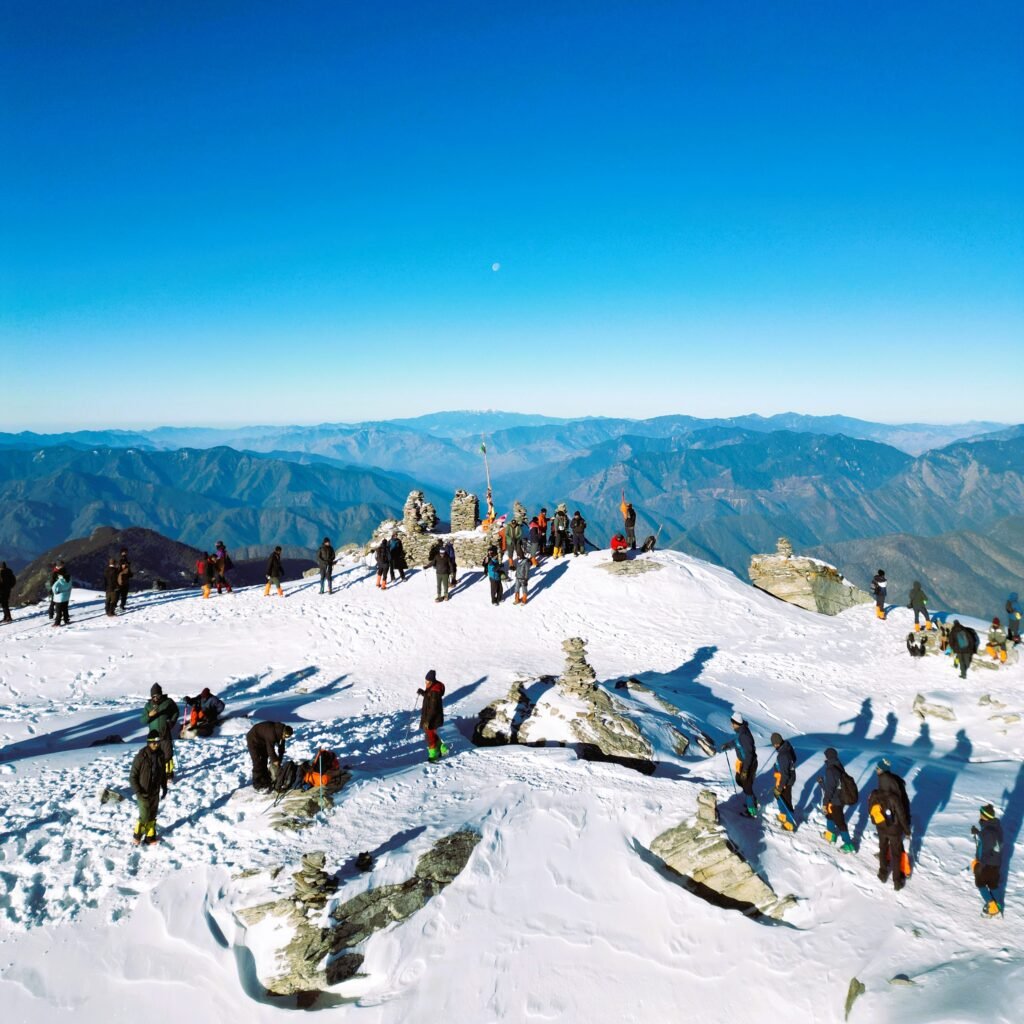
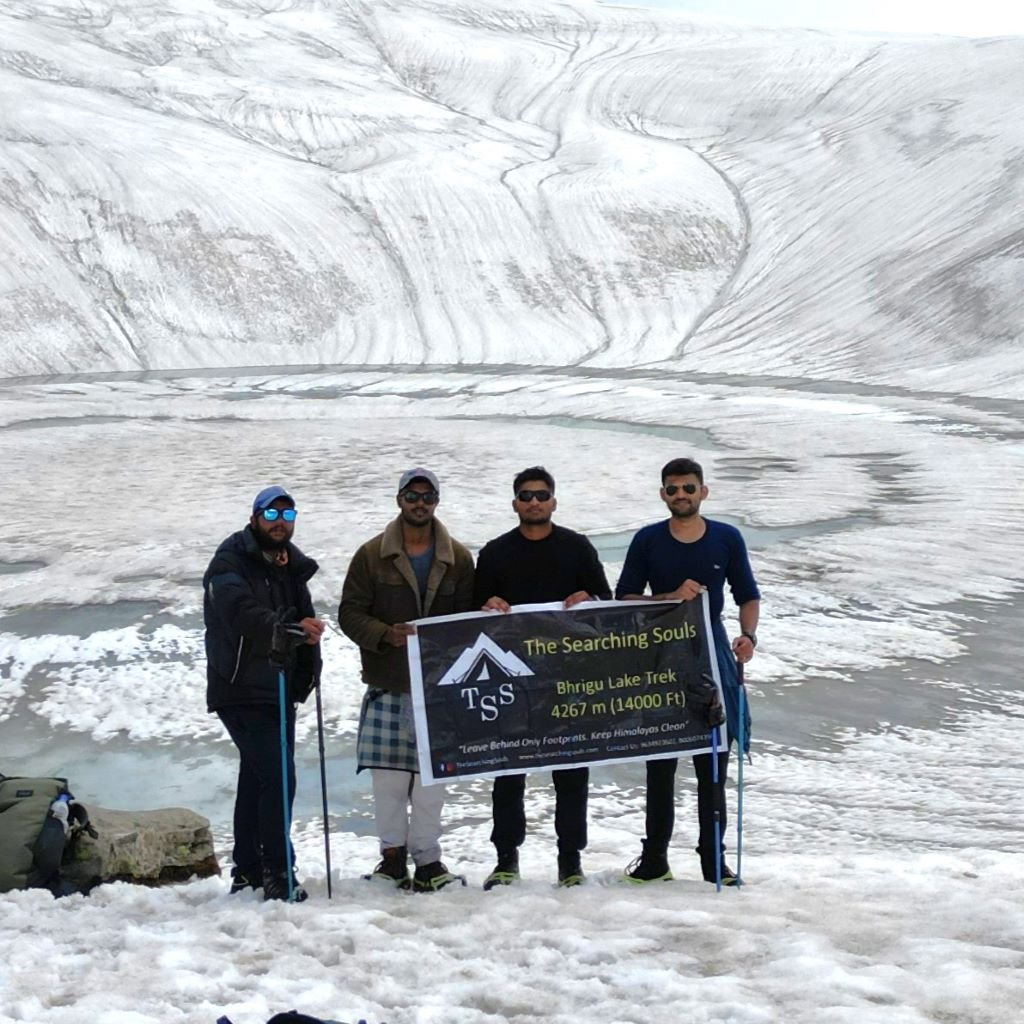
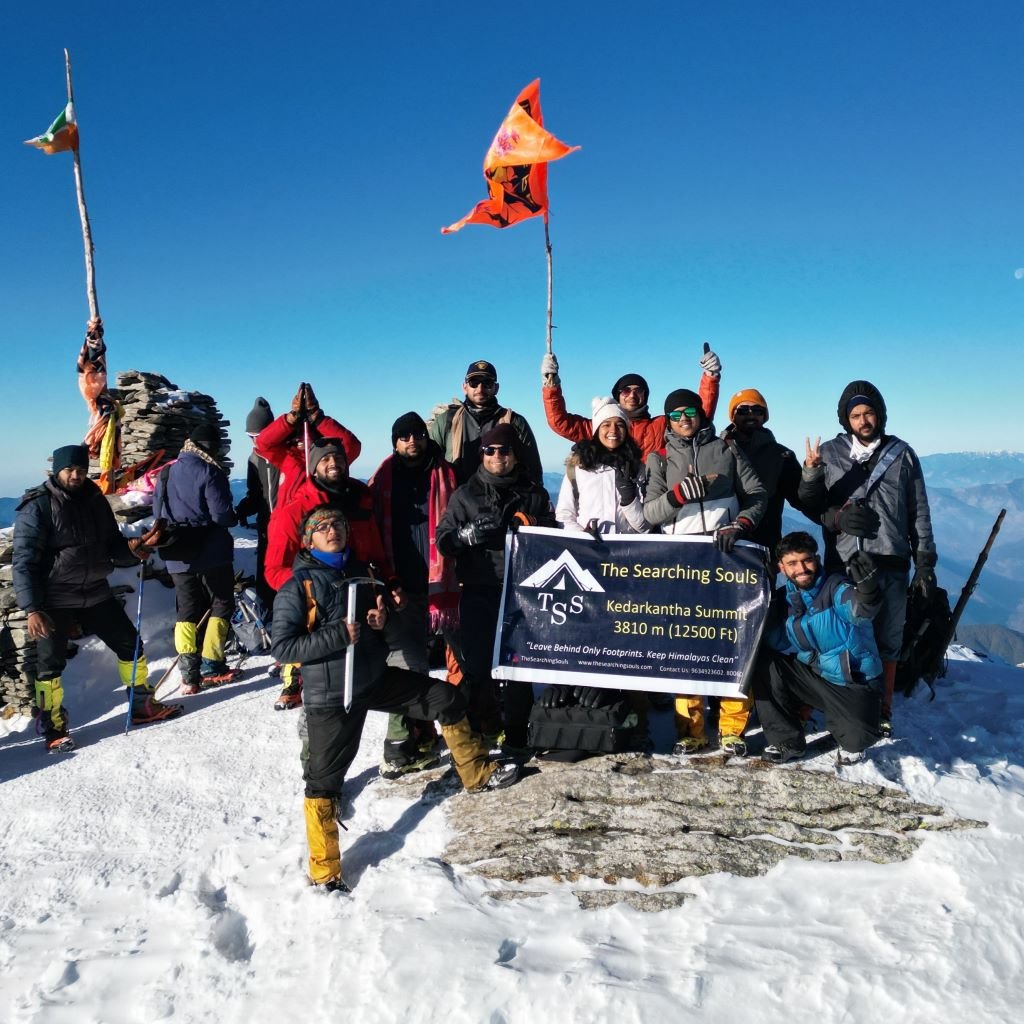
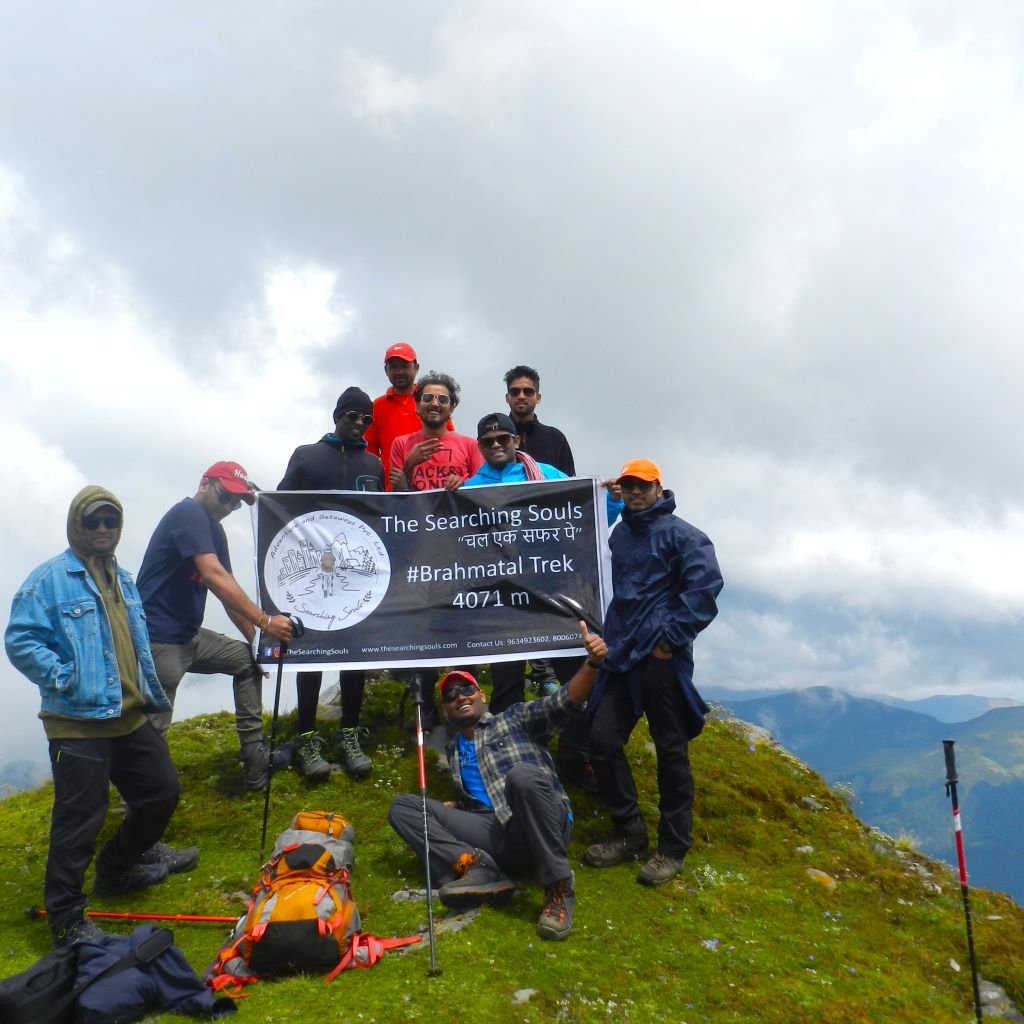
- Moderate: These treks go up to an elevation of approximately 4500 m above sea level and span over a period of 4-5 days. The evacuation from some camp sites become very difficult on these treks. Trekkers can also face acclimatisation issues due to the higher elevation of camps.Tarsar Marsar, Hampta Pass, Pangarchulla, Sar Pass, etc are examples of
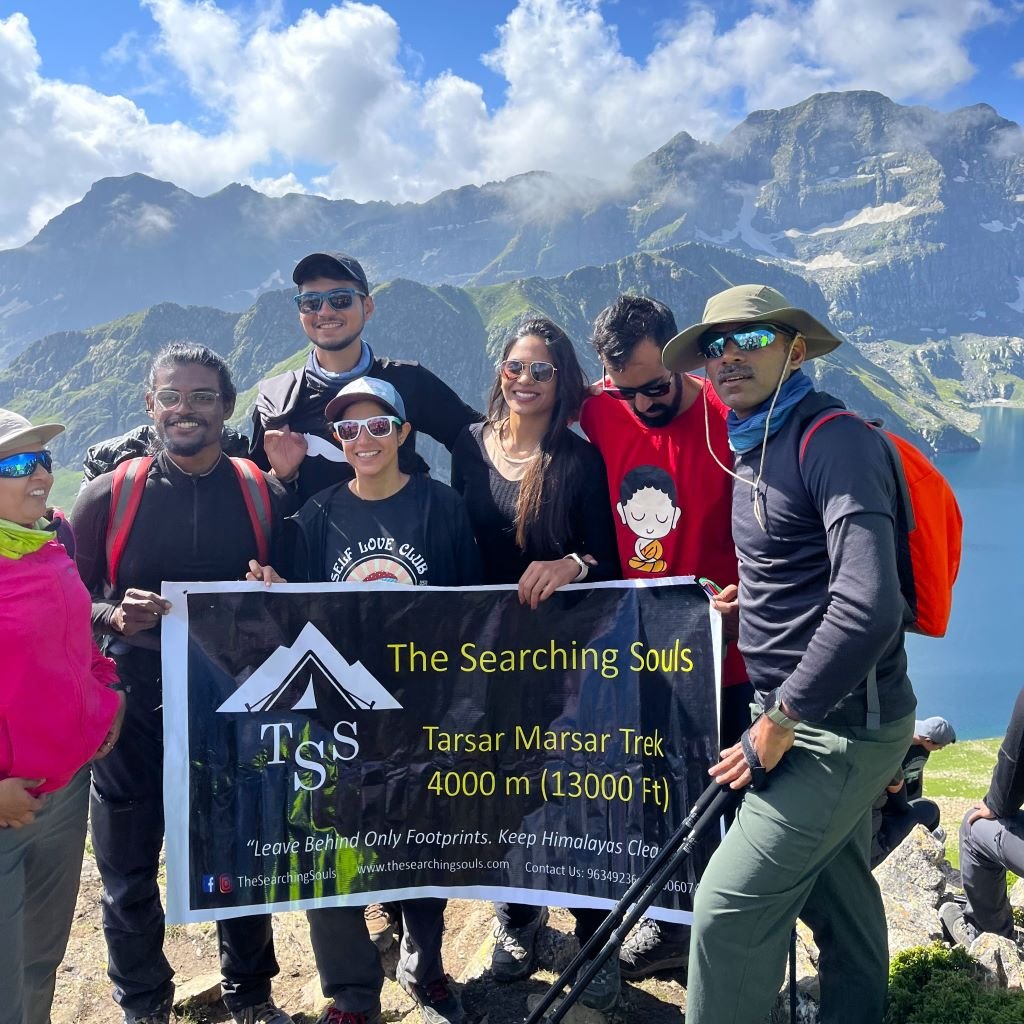
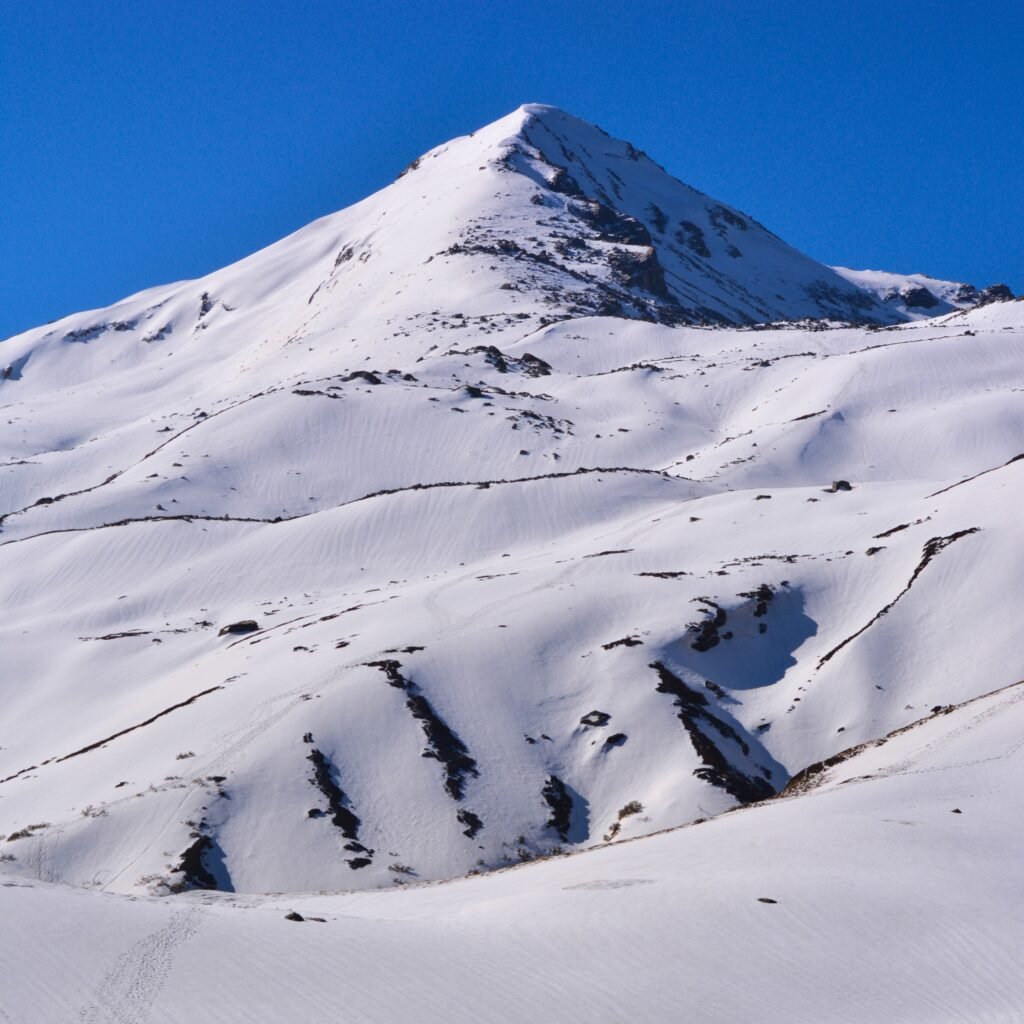
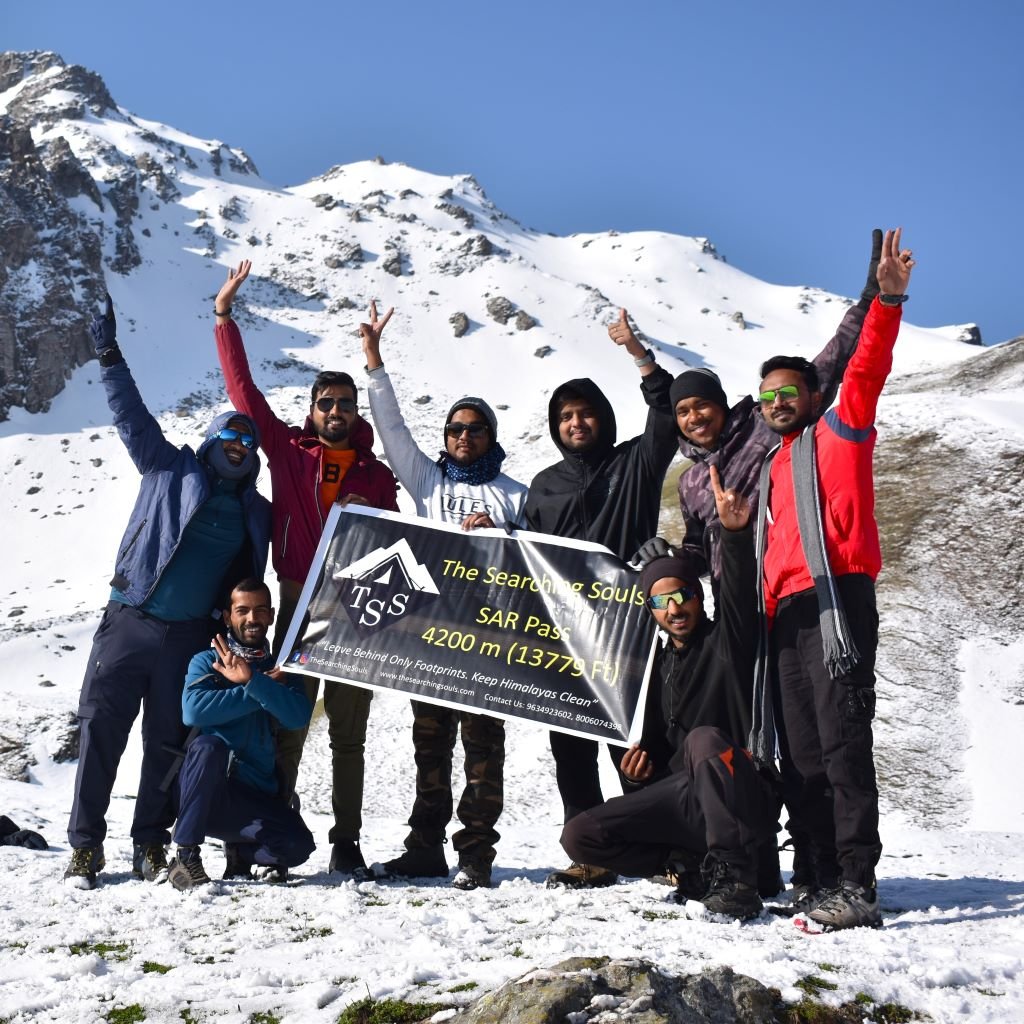
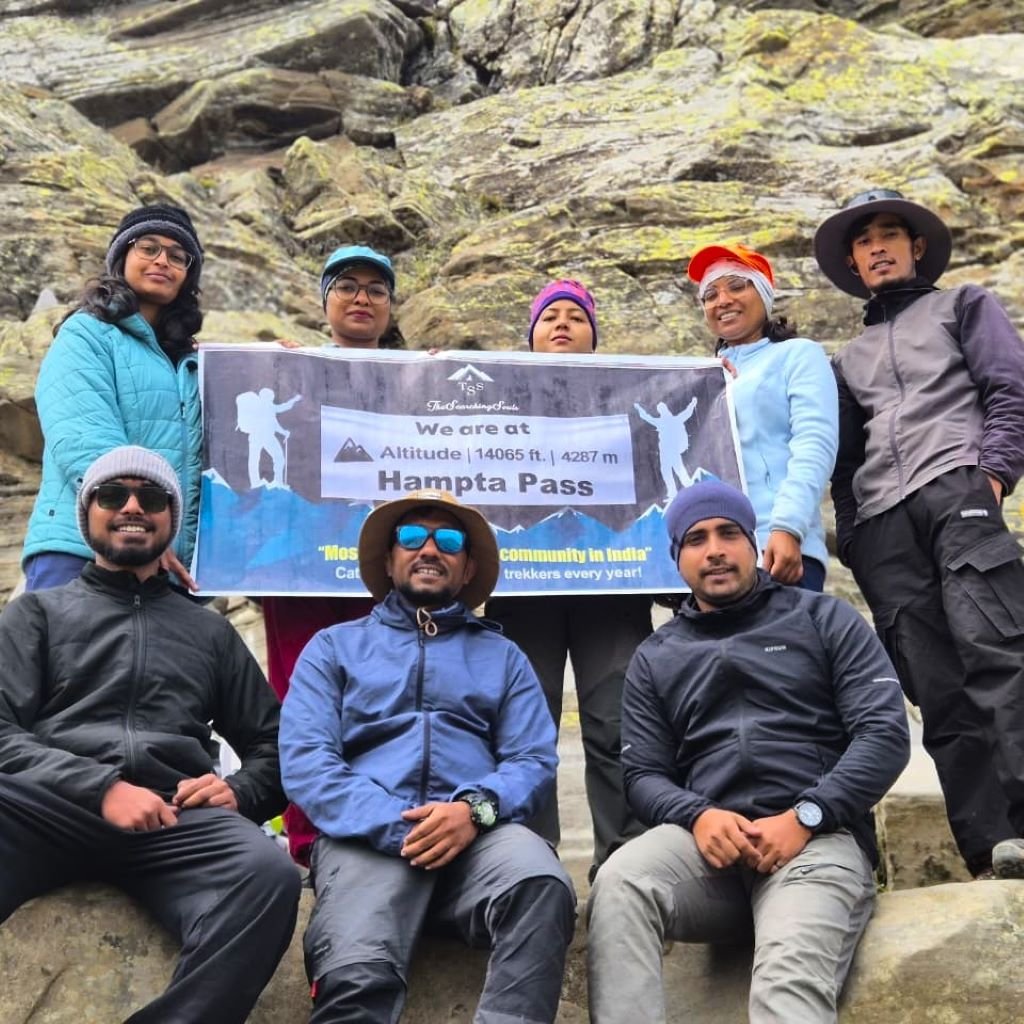
- Moderate to difficult: These treks can go upto an elevation of 5000 m above sea level. May have limited water sources and involve long hours of trekking every day. These can be very tiring and prior trekking experience is often recommended before joining these treks. They may involce some technicalities like glacier crossings, moraines, boulders, rapelling, etc. Gaumukh Tapovan, Kashmir Great lakes, Buran Ghati, Rupin pass are some examples of these treks. The evacuation process can be very hard on this trek.
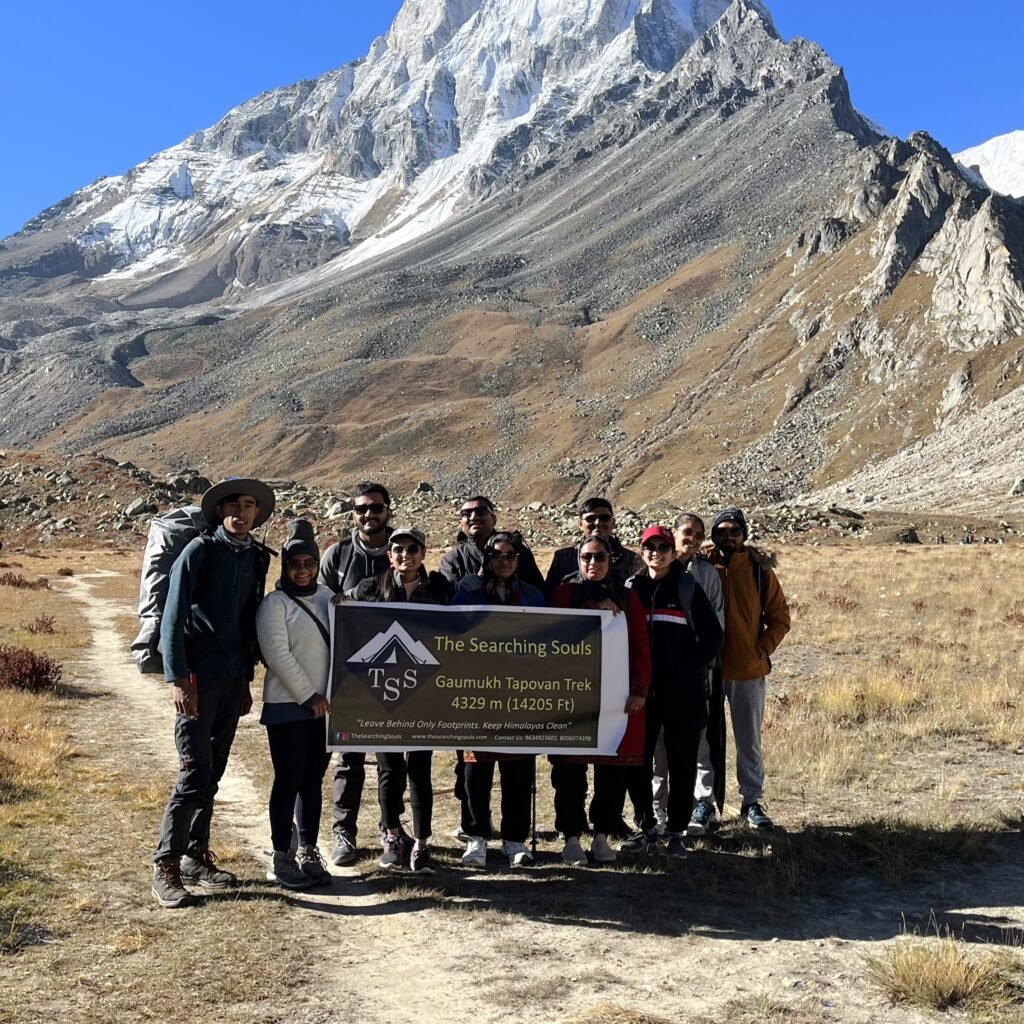
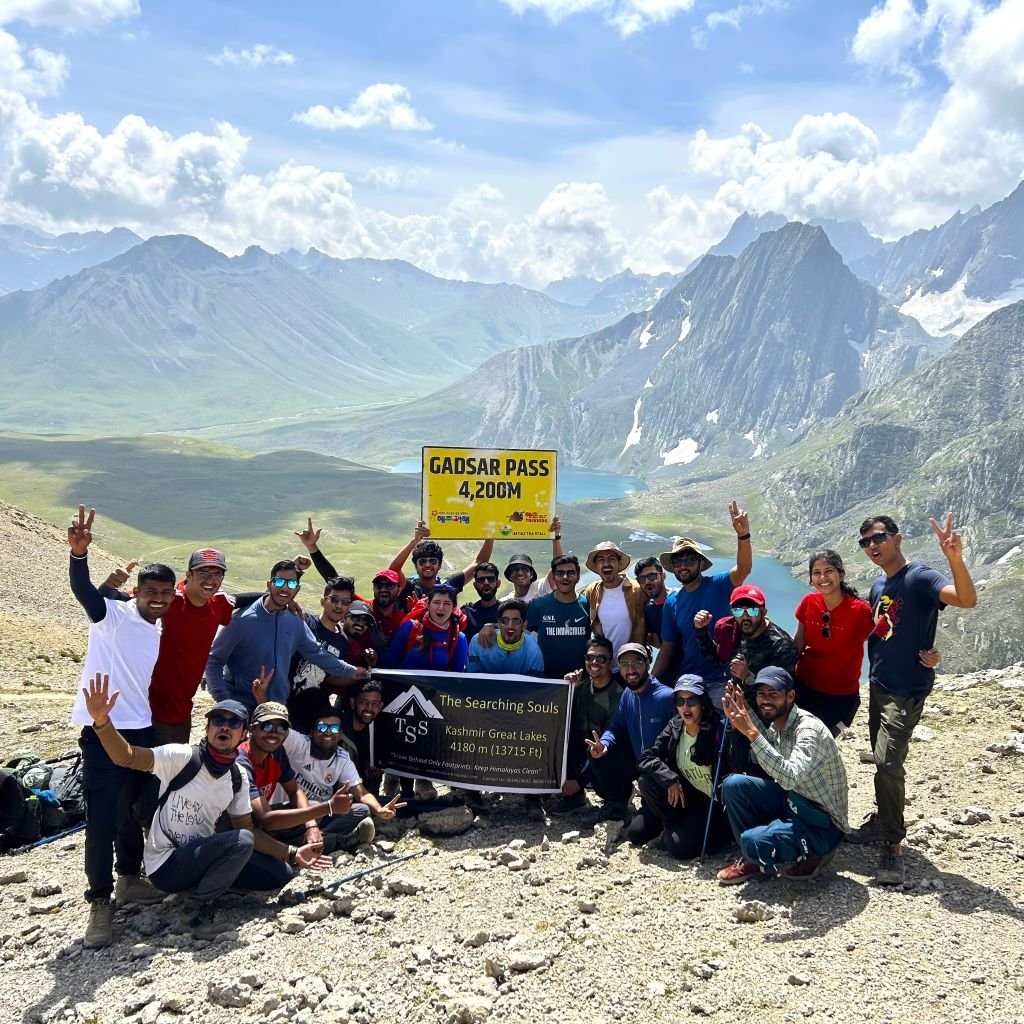
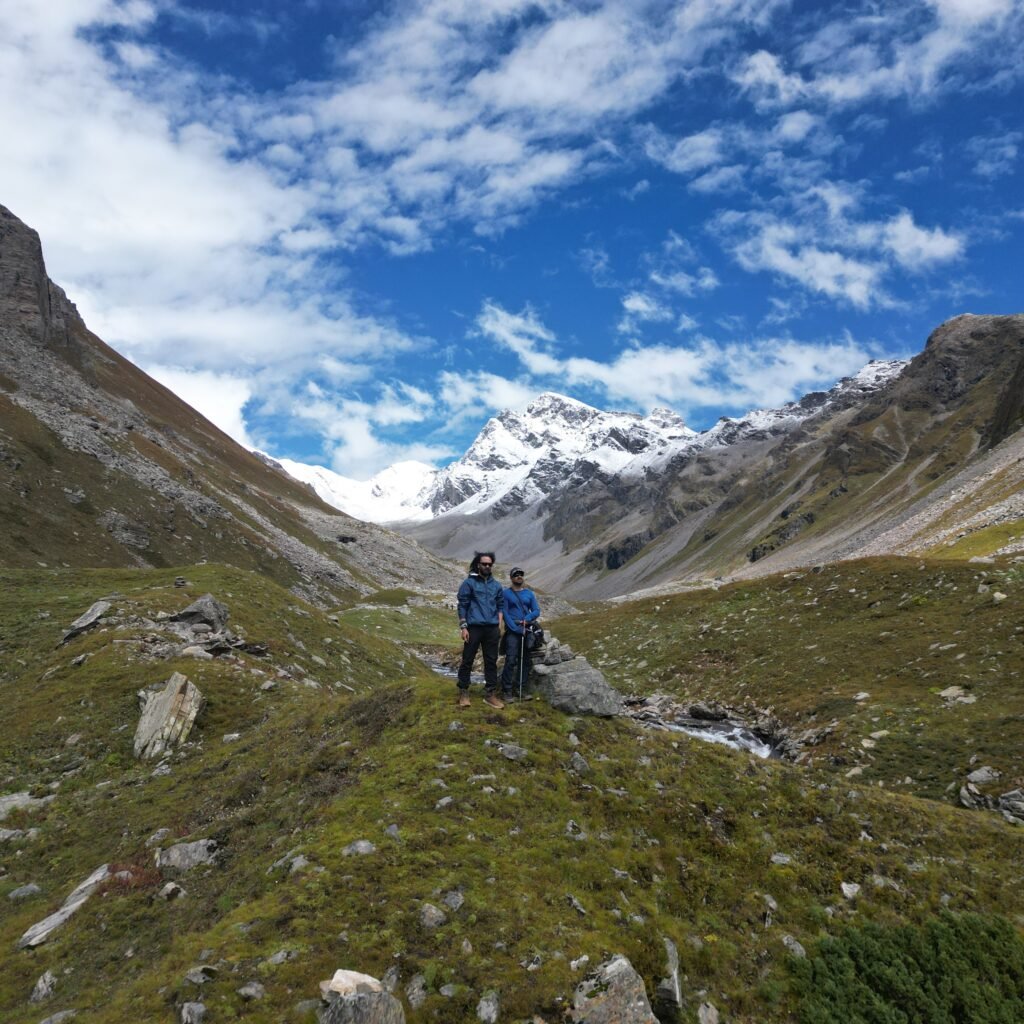
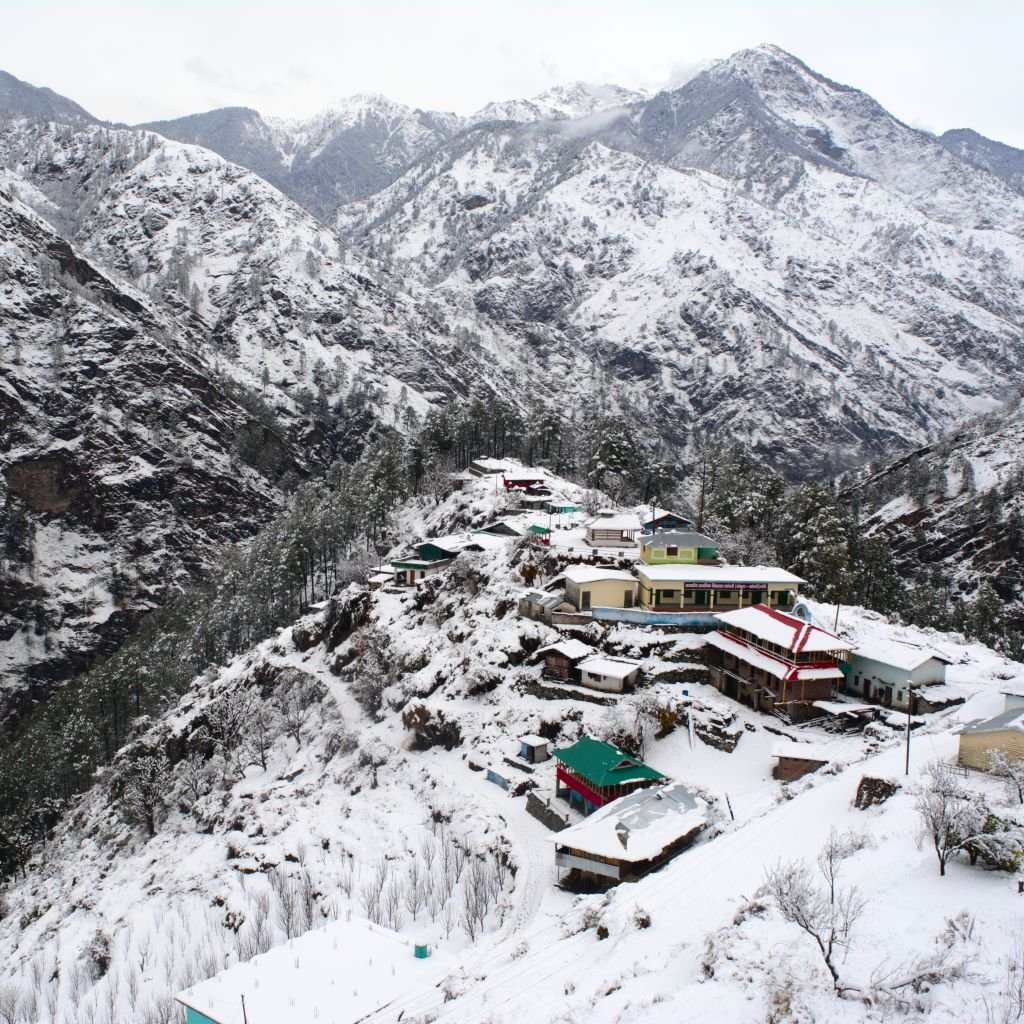
- Difficult: The treks under this category can go up to 6000 m above sea level and span from 7 to 11 days. These trek may involve long hours of trekking. The availability of water may be scanty on some days. The evacuation or exit becomes very difficult on this trek and requires assistance from a team of rescuers. The temperature on these treks are also extremely cold. They may require certain technical skills like fixing ropes, making bridges, or climbing steep gradients on snow. They also require very good body conditioning and a prior experience of high altitude treks. Bali Pass, Borasu pass, Pin Parvati, Chadar Trek are some examples of difficult treks in India.
